Fence made of clinker bricks against ceramic: who wins?
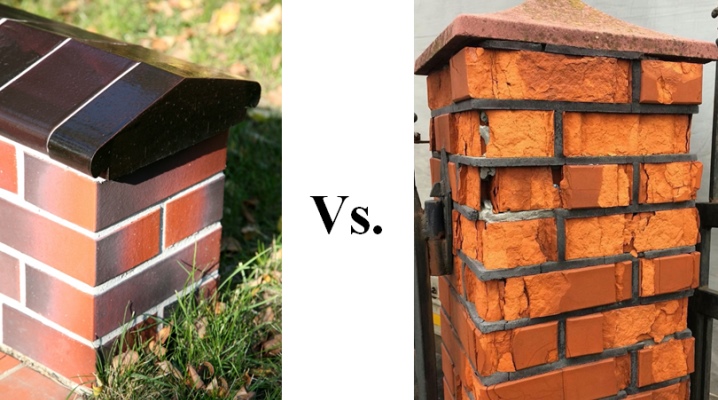
Why do some fences last for hundreds of years, while others begin to collapse 2-3 years after construction? Because, no matter how much you want, you cannot do it quickly, cheaply and efficiently at the same time. Alas, the price of the issue here and now determines the choice in favor of budget decisions. How not to fall into the trap of low prices and choose the right brick?
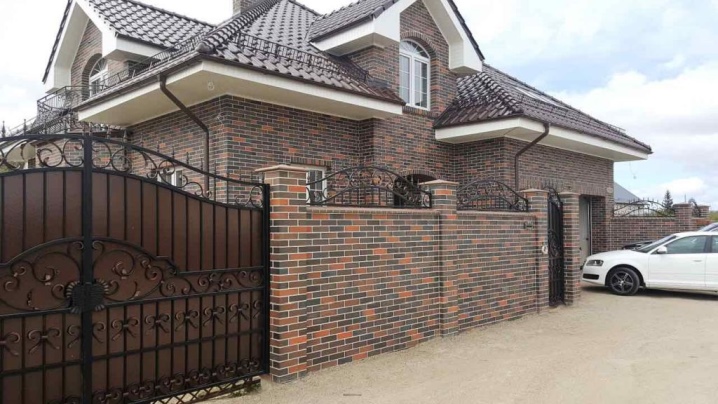
Why is a ceramic facing brick fence so short-lived?
To explain this, let's compare ceramic and clinker bricks in terms of their main characteristics.
- Moisture absorption. Brick is a porous material, which means it absorbs water. And the more it seeps into the structure, the stronger the damage it does. Clinker absorbs only 3-4% of water, ordinary clinker - 12-14%.
- Freezing. At negative temperatures, the liquid in the pores crystallizes, breaking the bonds between clay particles. The brick is literally tearing apart from the inside. Frost resistance of clinker - 150 freeze-thaw cycles without deformation. For facing - the figure is three times lower.
- Strength. Ceramic bricks have the M200 grade, clinker bricks - at least M500 and up to M1000. The figure means the load that 1 cm² of brick can withstand.
Add to this the fact that facing bricks burn out quickly. Low-quality dyes introduced into clay do not last even for 3 years. The clinker retains its color regardless of the operating conditions (sunny or shady side), because the color of the clinker brick is given by nature itself, with the participation of man. The technology consists of selecting the color of the clay itself, the firing method, namely the temperature, time in the furnace and the direction of the flames, and engobes (minerals) are used to give contrasting shades, which, when fired, penetrate the structure of the clay at the molecular level. Thanks to this technology, the color does not change under the most extreme and aggressive operating conditions.
As a result of this procedure, the brick takes on a variety of shades.

Clinker bricks are made from special refractory clay, which is fired at a temperature of about 1200 ° C in a tunnel oven until completely baked (up to five days). The clinker is so strong that it can even be used for paving.
So, clinker brick wins over ceramic in all respects!
Clinker selection
A clinker fence fits perfectly into any style of building, its design can be either high, closed, providing privacy, or open, openwork, providing delineation of boundaries.
Facade clinker can be either solid or hollow.
The main standard sizes of facade clinker bricks:
- 240x71x115 mm (NF);
- 215x102x65 mm (WDF);
- 240x52x115 mm (DF).
If the fence is installed near a busy street, it is worth using a brick with a smooth surface, as less dust will accumulate on it, and it will be easy to clean the fence with a hose.
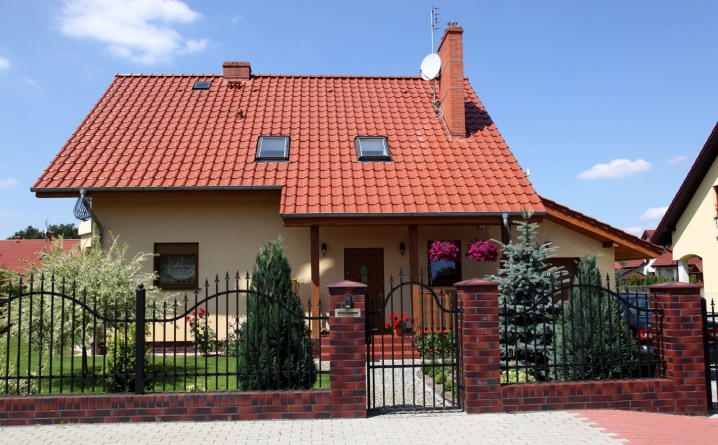
Clinker fence installation technology
The weight of the fence will turn out to be considerable, so take care of a reliable foundation. Brick is usually bought with a 3-5% margin, since it may have to be cut. To save money, plan the location of the brick even before starting the laying. Do not forget to consider the thickness of the seams.
For the construction of a durable fence, both slotted and solid clinker bricks are suitable. Pillars and a basement are laid out from it.For masonry, specialized masonry mortars for bricks with low moisture absorption and low salt content are used, which excludes the formation of efflorescence.
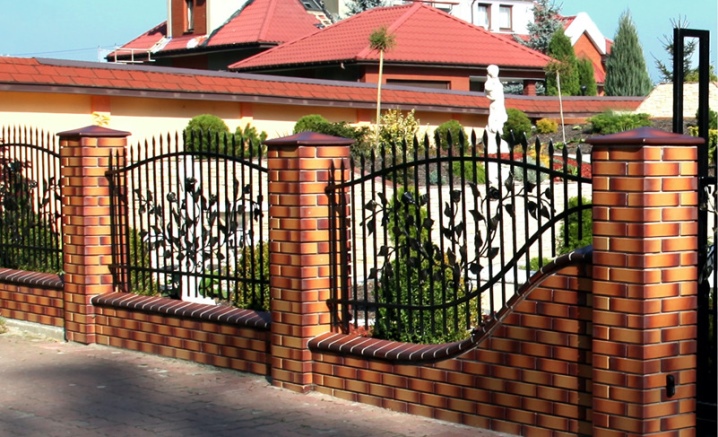
The horizontal surfaces of the fence should be protected from moisture. Clinker caps are placed on the posts. The visor is selected with a base slightly larger than the cross-section of the pillar. With this size ratio, the water flowing from it will not get onto the masonry. To protect the basement, shaped clinker bricks, parapet tiles, and other shaped clinker elements are used.

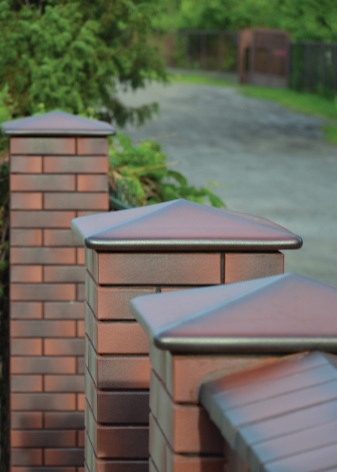
How to make a clinker fence cheaper?
It is not necessary to lay out the entire structure entirely of clinker bricks. You can use clinker elements in the most problematic areas (for example, on horizontal surfaces).
Another option is facing with clinker tiles: the fence itself is made of budget material - ordinary brick, concrete, gas blocks, foam blocks and similar, and then the structure is faced with clinker tiles. Subject to the finishing technology, such a fence will retain its appearance and the integrity of the structure many times longer.
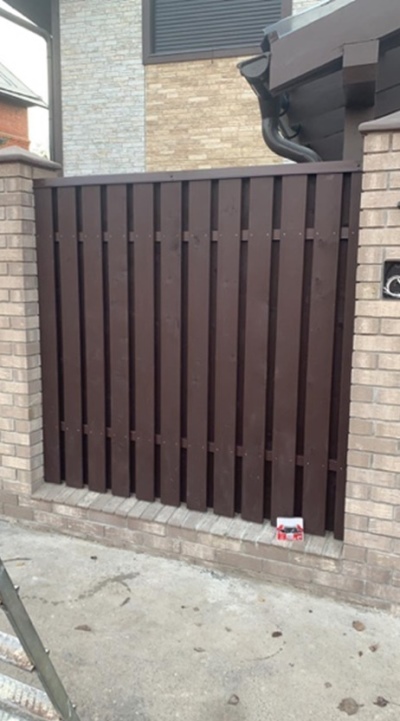



































































The comment was sent successfully.